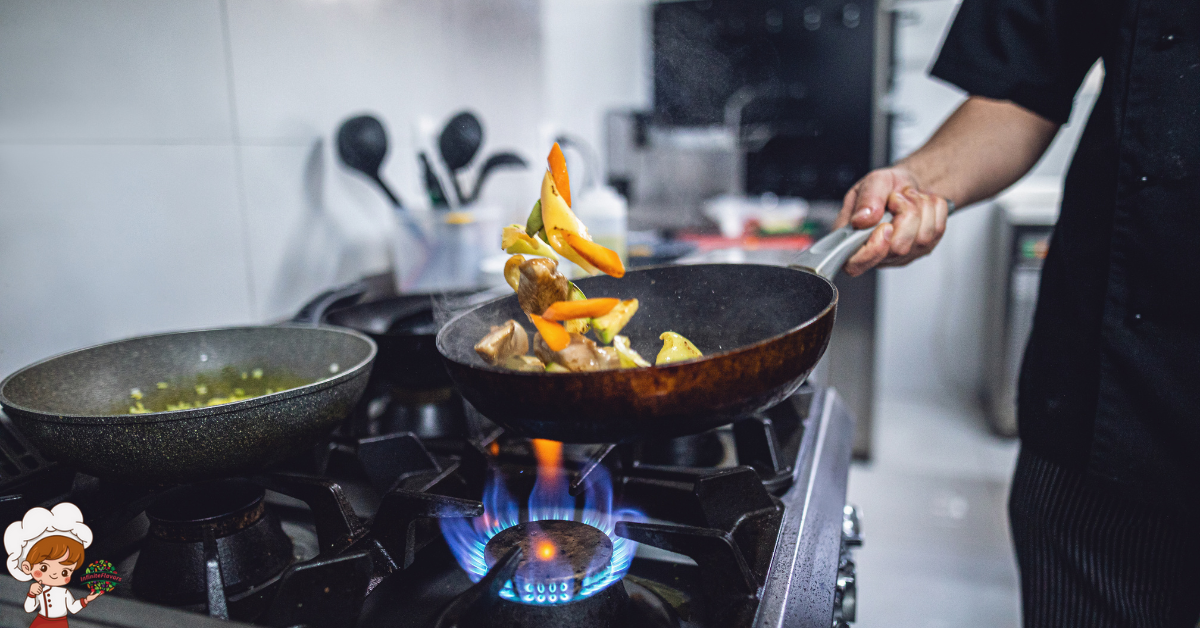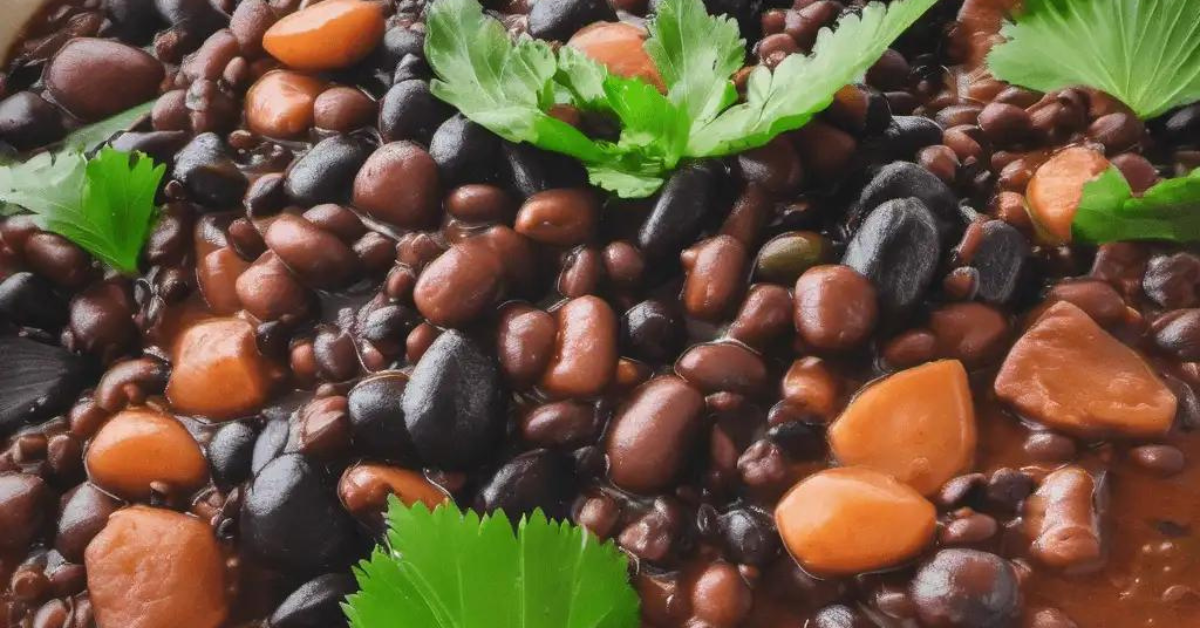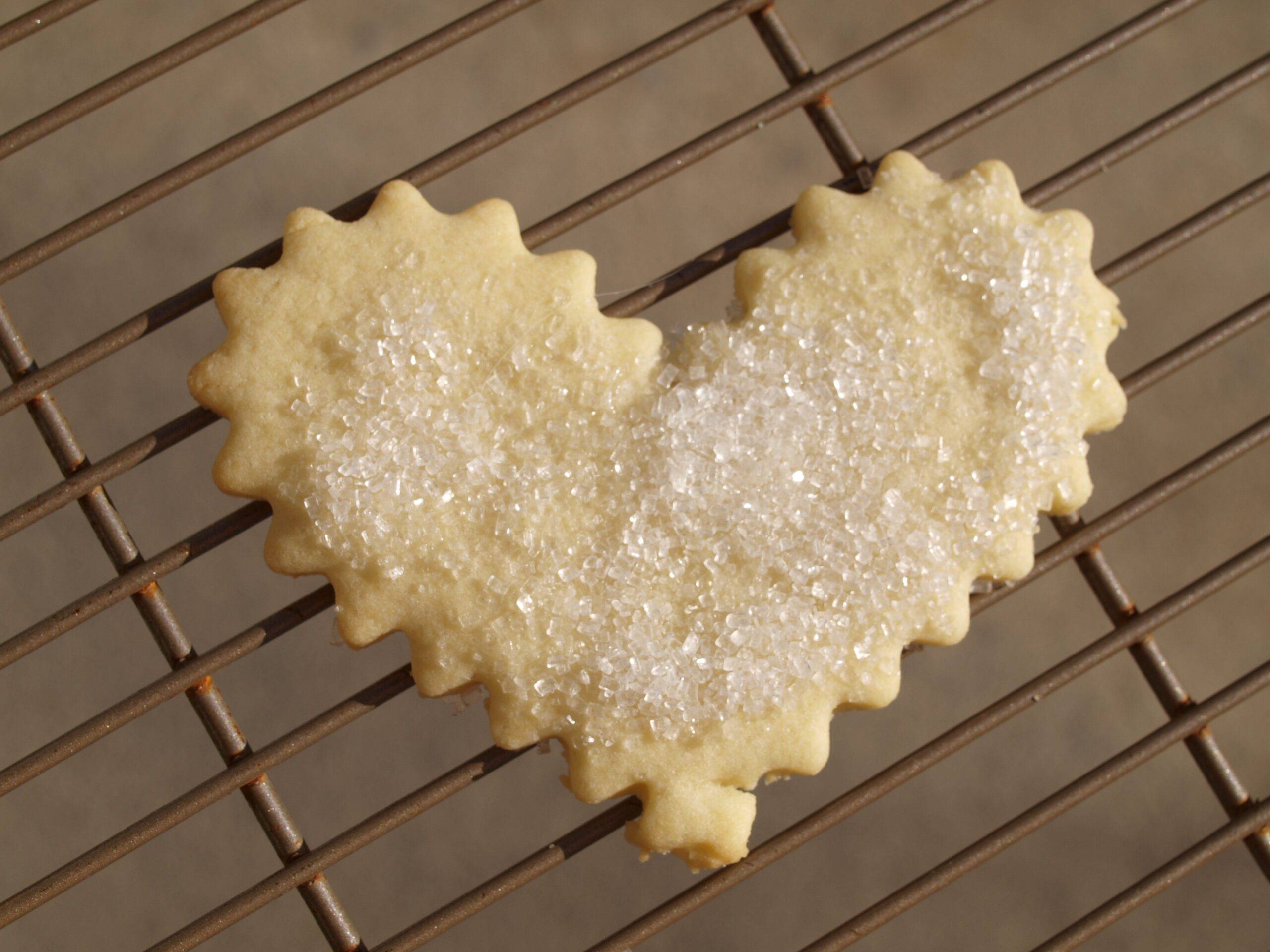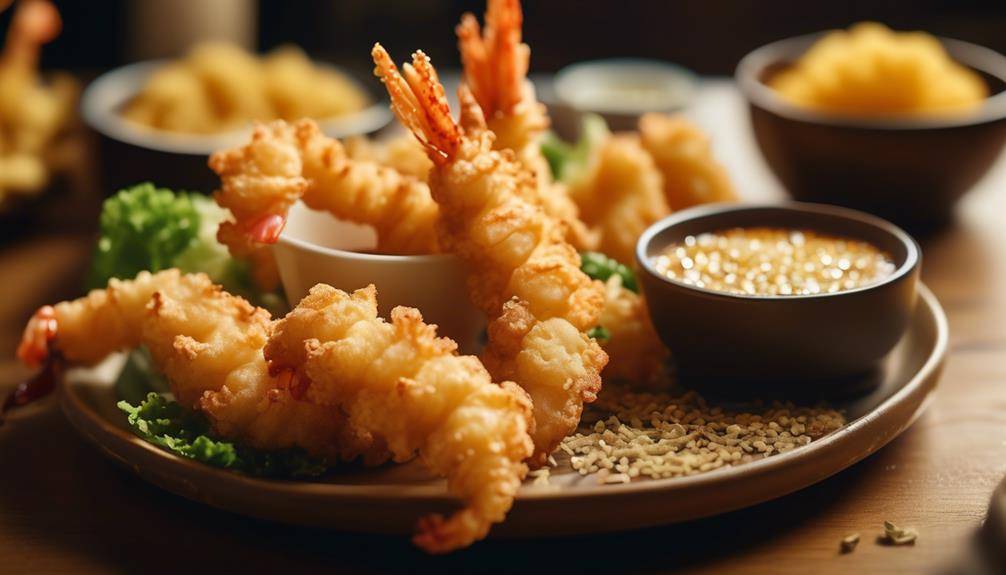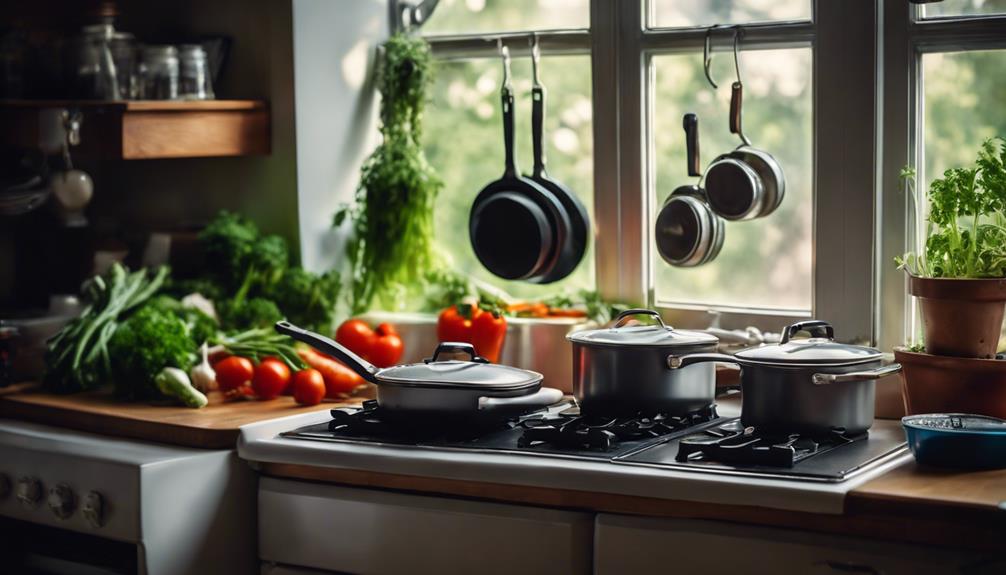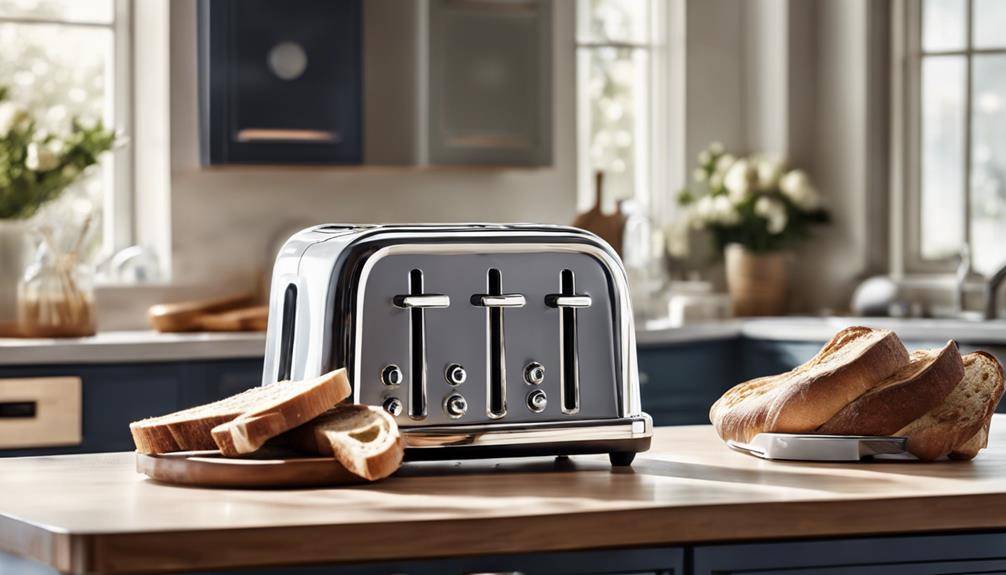Why Is Baking the Best French Pastries an Art
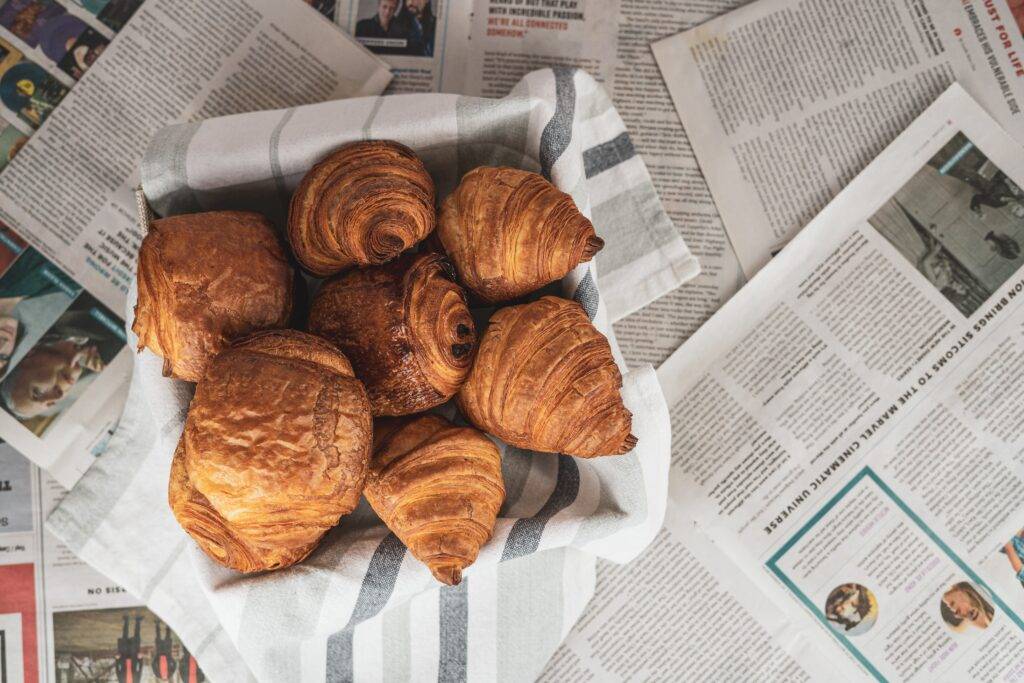
Why Is Baking French Pastries an Art? Imagine yourself in a cozy bakery, the tantalizing scent of butter and sugar wafting through the air. As you gaze at the exquisite display of French pastries, you can’t help but wonder: why is baking these delicate treats considered an art? The answer lies in the meticulous craftsmanship and attention to detail that goes into each creation.
From the rich history and tradition to the mastery of classic techniques, baking French pastries requires dedication and skill. It is about using high-quality ingredients, achieving a perfect balance of flavors, and creating harmonious textures and layers. It is an art that demands patience, precision, and expertise in pastry decoration. Baking French pastries is not simply about nourishment, but a celebration of culinary excellence and prestige.
Rich History and Tradition
One of the most remarkable aspects of baking French pastries is the rich and centuries-old history that surrounds them. The tradition of French pastry making dates back to the Middle Ages, where it was initially practiced by skilled bakers in royal courts and monasteries. Over time, these bakers developed mastery techniques and essential skills that have been passed down through generations, ensuring the art of perfecting baking is preserved.
Attention to detail is paramount in French pastry making. From the selection of high-quality ingredients to the balance of flavors and the harmonizing of taste, every step in the process requires meticulous care. French pastry chefs are known for their expertise in creating flavorful combinations and perfecting the flavor profiles of their creations.
Emphasis on presentation is another hallmark of French pastry. The innovation and creativity in reinventing recipes and pushing the boundaries of culinary imagination are evident in the exquisite designs and artistic techniques used to decorate pastries. Patience and precision are key traits required to achieve harmonious textures and the expertise in decoration that sets French pastry apart.
The pursuit of culinary excellence is deeply ingrained in the French pastry tradition. The prestige associated with French pastries stems from the dedication and commitment of generations of pastry chefs who have strived to perfect their craft. French pastries are not just a treat for the taste buds, but a work of art that represents the culmination of centuries of tradition and innovation.
Mastery of Classic Techniques
To truly master the art of baking French pastries, you must possess essential pastry-making skills and strive for perfection in every aspect of French baking. The mastery of classic techniques is the foundation upon which exquisite pastries are created. From the delicate folding of puff pastry to the precise tempering of chocolate, each step requires a deep understanding of the craft and a commitment to honing your skills.
Essential Pastry-Making Skills
Mastering essential pastry-making skills is crucial in achieving the artistry required for baking French pastries. These skills are the foundation upon which the beauty and complexity of French pastries are built. To create these delicate treats, you must possess a deep understanding of the essential techniques and pastry skills.
- Mise en Place: This French term refers to the practice of organizing and preparing all ingredients and equipment before starting the baking process. It ensures a smooth and efficient workflow, allowing you to focus on the meticulous details of pastry-making.
- Pâte Brisée: This classic French shortcrust pastry is the base for many sweet and savory treats. Mastering the art of creating a perfectly flaky and buttery pâte brisée is essential for a wide range of French pastries, from quiches to fruit tarts.
- Piping Techniques: The ability to pipe delicate patterns and precise shapes is a hallmark of French pastry-making. Whether it’s creating intricate decorations or filling éclairs with silky cream, mastering piping techniques is essential for bringing the artistry of French pastries to life.
These essential pastry-making skills are the building blocks that allow you to create French pastries that are not only delicious but also visually stunning works of art.
Perfecting French Baking
To perfect French baking and master the classic techniques, you need to focus on honing your skills and mastering the intricacies of the craft. French baking is renowned for its elegance and precision, and it requires a meticulous attention to detail. One of the key elements of mastering French baking is understanding and executing the classic techniques that have been passed down through generations of bakers.
These techniques include properly folding puff pastry, achieving the perfect rise in a soufflé, and creating silky smooth custards. Each step in the process requires careful measurement, precise timing, and a delicate touch. It is through the mastery of these classic techniques that you can truly create French pastries that are artistic and unforgettable.
Attention to Detail
When baking French pastries, your attention to detail is paramount in achieving the perfect balance of flavors and textures. French pastries are known for their delicate and intricate nature, and every step of the process requires precision and accuracy. Here are some key aspects where your attention to detail can make a difference:
- Measuring Ingredients: The exact measurement of ingredients is crucial in French pastry making. Whether it’s flour, sugar, or butter, each ingredient must be measured precisely to ensure the desired outcome. A slight deviation can impact the texture and taste of the final product.
- Temperature Control: French pastries often require specific temperature control, especially when it comes to ingredients like butter and eggs. Attention to detail in properly softening butter or bringing eggs to room temperature can significantly affect the texture and overall quality of the pastry.
- Technique and Presentation: French pastry making is an art form, and the way you handle the dough, shape the pastries, and present the final product reflects your attention to detail. From the perfect crimping of a tart shell to the precise piping of cream, every action requires care and precision.
Use of High-Quality Ingredients
You must prioritize using high-quality ingredients when baking French pastries. The use of high-quality ingredients is essential to achieving the perfect flavor balance that is characteristic of French pastries. French pastry chefs understand that the quality of the ingredients directly affects the taste and texture of the final product.
When it comes to high-quality ingredients, French pastry chefs spare no expense. They search for the finest butter, the freshest eggs, and the most flavorful fruits. The butter used in French pastries is often unsalted and of the highest quality, with a high fat content that gives the pastries a rich and creamy texture. Fresh eggs are crucial for providing structure and moisture to the pastries, resulting in a delicate and tender crumb.
In addition to butter and eggs, the use of high-quality flour is also of utmost importance. French pastry chefs often opt for flour that has a lower protein content, such as cake flour, to ensure a light and airy pastry. This type of flour allows the pastries to rise evenly and creates a delicate and tender texture.
Furthermore, the choice of fruits and flavorings plays a significant role in achieving the perfect flavor balance. French pastry chefs seek out the best seasonal fruits to incorporate into their pastries, ensuring that each bite bursts with freshness and natural sweetness. The use of high-quality vanilla, chocolate, and other flavorings adds depth and complexity to the pastries, enhancing their overall taste.
Balance of Flavors
As you embark on the journey of French pastry baking, you will discover the importance of achieving a harmonious balance of flavors. Each pastry is meticulously crafted to blend different taste profiles, creating a symphony of flavors that dance on your palate. It is an art to master the combination of ingredients, ensuring that no flavor overpowers another, and achieving the perfect balance that leaves a lasting impression.
Harmonizing Taste Profiles
To achieve the perfect balance of flavors in French pastries, it is essential to carefully harmonize the taste profiles. French pastry chefs understand that flavor pairing is an art that requires a deep understanding of ingredients and their interactions. They skillfully combine contrasting and complementary flavors to create a sensory experience that is both harmonious and intriguing.
To harmonize taste profiles in French pastries, chefs consider the following:
- Contrasting Flavors: By pairing sweet and tart flavors, such as a tangy lemon curd with a buttery pastry crust, a delightful balance is achieved. The contrast adds complexity and keeps the palate engaged.
- Complementary Flavors: Combining flavors that naturally enhance each other, such as pairing rich chocolate with a hint of salt, creates a harmonious blend of sweet and savory notes. The combination elevates the overall taste experience.
- Textural Contrast: French pastries often incorporate different textures, such as a crunchy caramelized crust with a creamy filling. The interplay of textures adds depth and interest to the taste profiles.
Through these careful considerations, French pastry chefs masterfully harmonize taste profiles, creating pastries that are not only visually appealing but also a delight to the senses.
Flavorful Ingredient Combinations
When achieving a balance of flavors in French pastries, it is crucial to skillfully combine a variety of ingredients using precise measurements and techniques. Flavor pairing techniques are employed to create unique taste combinations that elevate the pastry to a work of art. The artistry lies in finding the perfect balance between sweet and savory, tart and creamy, and bold and subtle flavors. It involves understanding the individual characteristics of each ingredient and how they can complement or contrast with one another.
For example, the richness of butter can be balanced with the acidity of lemon, or the bitterness of dark chocolate can be enhanced by the sweetness of raspberries. These intricate flavor combinations not only tantalize the taste buds but also create a sensory experience that is truly exceptional.
Perfecting Flavor Balance
To achieve the perfect balance of flavors in French pastries, you must skillfully combine a variety of ingredients using precise measurements and techniques, building upon the flavorful ingredient combinations discussed earlier. This delicate balance requires a deep understanding of the interaction between different tastes and textures. Here are some key elements to consider when perfecting the flavor balance in your pastries:
- Flavor experimentation: Don’t be afraid to try new combinations of ingredients and flavors. Take risks and explore different possibilities to create unique and exciting taste profiles.
- Taste testing: Regularly evaluate your pastries by conducting taste tests. This will help you identify any imbalances or areas for improvement in the flavor profile. Adjust the quantities of ingredients or experiment with different techniques until you achieve the desired balance.
- Attention to detail: Pay close attention to the measurements and proportions of each ingredient. Even a slight variation can greatly affect the overall flavor balance. Be meticulous in your approach to ensure consistent and harmonious flavors in every bite.
Emphasis on Presentation
How can you ensure that your French pastries have a visually appealing presentation? The art of French pastry baking not only focuses on creating delectable flavors but also emphasizes aesthetics and visual appeal. The presentation of French pastries is a crucial element that adds to the overall experience of enjoying these delightful treats. From the moment your eyes set upon a beautifully crafted pastry, you are drawn into a world of artistry and elegance.
To create visually appealing French pastries, attention to detail is key. Each component of the pastry, from the crust to the filling, should be carefully crafted and arranged to create a stunning visual composition. The colors, textures, and shapes of the different elements should complement each other, creating a harmonious and pleasing aesthetic.
One way to enhance the visual appeal of your French pastries is through the use of decorative techniques. Delicate sugar flowers, intricate chocolate designs, and perfectly piped cream can elevate the presentation of your pastries to another level. These artistic touches not only showcase your skill as a pastry chef but also add a touch of whimsy and sophistication to your creations.
Additionally, the choice of serving ware and plating techniques can greatly enhance the visual appeal of your French pastries. Elegant plates, dainty saucers, and beautiful cake stands can transform a simple pastry into a work of art. Paying attention to the arrangement of the pastries on the plate, ensuring symmetry and balance, will further enhance the overall presentation.
Innovation and Creativity
As you explore the world of French pastry, you will discover that innovation and creativity are essential elements that elevate these desserts into works of art. Talented pastry chefs constantly reinvent classic recipes, infusing them with new flavors and techniques that surprise and delight the senses. They unleash their culinary imagination, pushing the boundaries of tradition to create unique and unforgettable pastries that captivate both the palate and the eye.
Reinventing Classic Recipes
When reinventing classic French pastry recipes, you can explore new flavors and techniques that breathe innovation and creativity into these beloved treats. Reimagining classics allows you to bring a fresh perspective to traditional desserts, giving them a modern twist that surprises and delights. Here are some ways you can reinvent classic French pastry recipes:
- Introduce unexpected ingredients: Incorporate unique flavors like matcha, lavender, or yuzu into your pastries to create a tantalizing fusion of traditional and contemporary tastes.
- Experiment with textures: Play around with different textures by adding crunchy elements like praline or brittle to your pastries, adding depth and contrast to each bite.
- Present desserts in unconventional ways: Break away from the expected and present your pastries in innovative ways, such as deconstructing them or transforming them into bite-sized portions.
Unleashing Culinary Imagination
To continue exploring the possibilities of reinventing classic French pastry recipes, you can unleash your culinary imagination by incorporating innovation and creativity into your baking. Culinary experimentation allows you to push the boundaries of traditional techniques and ingredients, resulting in unique and exciting creations. By thinking outside the box, you can discover new flavor combinations, textures, and presentations that showcase your artistic expression.
Challenge yourself to experiment with unconventional ingredients, such as infusing pastries with unexpected herbs or spices, or incorporating savory elements into sweet treats. Let your imagination run wild and don’t be afraid to take risks. Remember, baking is not just a science but also an art form that allows you to express your creativity and leave a lasting impression on those who indulge in your delectable creations.
Pushing Boundaries of Tradition
By embracing innovation and creativity, you can push the boundaries of tradition when baking French pastries. The art of French pastry making has a rich history and tradition, but that doesn’t mean you can’t add your own modern interpretations to create something truly unique. Here are a few ways you can push the boundaries and bring a fresh perspective to your pastry creations:
- Experiment with unconventional flavors and ingredients, such as infusing traditional pastries with exotic spices or incorporating unexpected elements like matcha or miso.
- Play with different textures and presentations, combining classic techniques with modern plating styles to create visually stunning desserts.
- Explore innovative techniques and tools, like using molecular gastronomy to create surprising textures or experimenting with 3D printing to push the boundaries of pastry design.
Patience and Precision
One must embrace patience and precision when baking French pastries. French pastries are renowned for their exquisite taste and delicate textures, which can only be achieved through meticulous attention to detail. From the moment you start gathering the ingredients to the final presentation, every step requires patience and precision to create a masterpiece that will tantalize the taste buds and please the eye.
Patience is the key to successful French pastry baking. The dough needs time to rest and rise, allowing the flavors to develop and the gluten to relax. Rushing this process would result in a dense and chewy pastry, devoid of the light and airy texture that makes French pastries so irresistible. Patience also extends to the delicate art of folding and layering the dough, whether it’s for croissants or puff pastry. Each fold must be executed with care, ensuring that the layers are evenly distributed and that the pastry rises to perfection.
Precision is equally important in the world of French pastries. The measurements must be exact, as even the slightest deviation can alter the final outcome. Whether it’s weighing ingredients on a scale or using a thermometer to achieve the right temperature, precision is the key to consistency. The butter must be chilled to just the right degree, and the oven must be preheated to the correct temperature. These small details may seem insignificant, but they can make all the difference between a mediocre pastry and a work of art.
Harmonious Textures and Layers
Achieving harmonious textures and layers is essential in the art of baking French pastries. French pastries are known for their delicate and intricate compositions, and the way the different elements come together is what sets them apart. When it comes to harmonizing flavors and creating textures, French pastry chefs have mastered the art of balancing contrasting tastes and achieving a perfect balance.
To create harmonious textures and layers in French pastries, pastry chefs employ various techniques and ingredients. They carefully layer different components, such as sponge cake, mousses, creams, and fruit fillings, to create a symphony of flavors and textures. Each layer adds a different dimension to the pastry, creating a delightful sensory experience for the palate.
Here are three key factors that contribute to achieving harmonious textures and layers in French pastries:
- Contrasting Textures: French pastry chefs aim to strike a balance between crisp and soft, smooth and crunchy. They achieve this by incorporating elements like crispy feuilletage, creamy mousses, and velvety custards. The play of textures adds depth and complexity to the pastry, making each bite a delight.
- Balance of Sweetness: French pastries are known for their balanced sweetness. Pastry chefs carefully adjust the sugar content in each layer to ensure that it complements the other flavors without overpowering them. This balance allows the different components to shine individually while harmonizing as a whole.
- Layering Techniques: French pastry chefs are masters of layering. They carefully consider the order in which the components are added, ensuring that each layer is distinct and well-defined. This attention to detail creates a visually stunning pastry and enhances the overall eating experience.
Expertise in Pastry Decoration
To achieve the art of baking French pastries, you must possess expertise in pastry decoration. Pastry design is more than just a garnish or an afterthought; it is an integral part of the overall presentation and the expression of artistic creativity. The decoration is the final touch that elevates a simple pastry into a work of art.
When it comes to pastry decoration, there are endless possibilities for artistic expression. From delicate pipings of buttercream to intricate chocolate sculptures, every detail is meticulously crafted to create a visually stunning masterpiece. Each stroke of the piping bag, each brushstroke of glaze, is a deliberate act of creative expression.
The artistry in pastry decoration lies in the ability to balance aesthetics with taste. It requires a keen eye for color, texture, and composition, as well as an understanding of the flavors and ingredients that harmonize together. A skilled pastry chef knows how to combine different elements to create a visually pleasing and delicious dessert.
Pastry decoration is not limited to traditional techniques; it is a constantly evolving field that embraces innovation and experimentation. Pastry chefs push the boundaries of what is possible, creating unique and captivating designs that surprise and delight. They incorporate new tools, techniques, and ingredients to create pastry creations that are both visually striking and delicious.
Culinary Excellence and Prestige
Explore the world of baking French pastries and discover the culinary excellence and prestige that accompanies these delectable creations. French pastries are not just a simple dessert; they are works of art that require skill, precision, and a deep understanding of culinary artistry. The techniques used in French pastry-making are steeped in tradition and have been passed down through generations, resulting in a level of mastery that is unmatched in the culinary world.
The culinary excellence of French pastries is evident in every bite. The delicate layers of a croissant, the light and airy texture of a macaron, and the perfectly caramelized crust of a tarte tatin all showcase the expertise and dedication that goes into creating these treats. Each pastry is meticulously crafted, with every ingredient measured precisely and every step executed with precision.
The prestige that comes with baking French pastries is undeniable. French cuisine has long been revered as the epitome of culinary excellence, and the art of French pastry-making is no exception. Pastry chefs who have mastered the techniques of French pastry-making are highly sought after and respected in the culinary world. They are revered for their skill, creativity, and ability to transform simple ingredients into extraordinary delights.
Frequently Asked Questions
What Are Some Common Challenges Faced When Baking French Pastries?
When baking French pastries, you might encounter common mistakes like overmixing or underbaking. But fear not, beginners! Here are some tips: use precise measurements, follow the recipe meticulously, and practice patience.
Are There Any Specific Tools or Equipment That Are Essential for Baking French Pastries?
To bake French pastries, you’ll need essential equipment like a stand mixer, pastry brush, and rolling pin. These tools help you achieve the delicate textures and precise shapes that make French pastries a work of art.
How Long Does It Typically Take to Master the Classic Techniques Used in French Pastry Baking?
Mastering the classic techniques of French pastry baking takes time and commitment. It’s a journey that requires dedication, practice, and a deep understanding of the artistry involved. But the end result is worth the effort.
What Are Some Unique Flavor Combinations Commonly Found in French Pastries?
When it comes to French pastries, you’ll find unique flavor combinations that will delight your taste buds. The traditional techniques used in baking these delicate treats allow for the perfect balance of flavors, creating a true art form.
Can You Provide Any Tips for Achieving the Perfect Texture and Layers in French Pastries?
To achieve flaky layers and perfect texture in French pastries, start with cold ingredients and use a technique called “laminating” to create thin layers of butter. This process requires patience and precision, but the end result is worth it.
Conclusion
In conclusion, baking French pastries is truly an art form that requires a deep understanding of tradition, technique, and attention to detail. The use of high-quality ingredients and the balance of flavors create a harmonious experience for the senses. Patience and precision are essential in achieving the perfect textures and layers. Furthermore, expertise in pastry decoration adds a visually stunning element to these culinary creations. The mastery of French pastries represents culinary excellence and prestige, making it a truly artistic endeavor.



